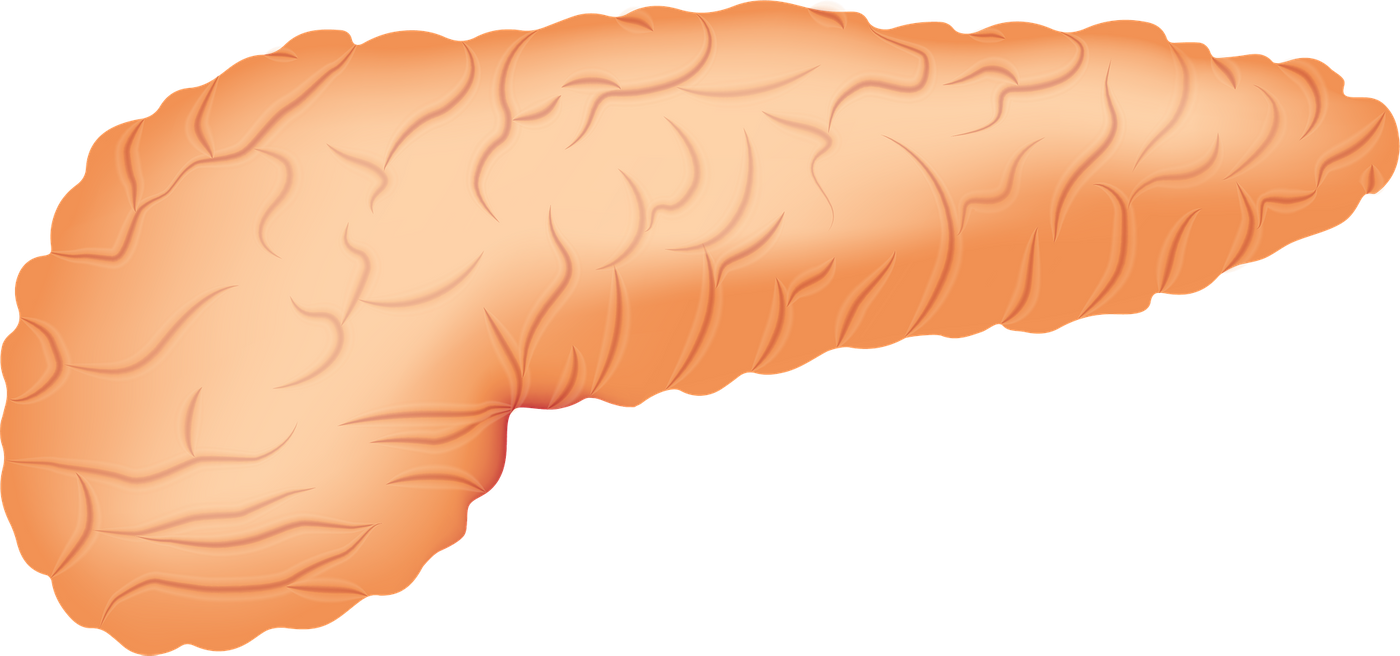An Arthritis Drug Combats Chemoresistance in Pancreatic Cancer
The American Cancer Society estimates the lifetime risk of pancreatic cancer at about 1 in 64. Pancreatic ductal adenocarcinoma (PDAC) accounts for 90% of pancreatic cancers. PDAC is the fourth leading cancer-related cause of death, and 5-year survival from is only 8%. Thus, novel strategies to treat this aggressive disease are expressly needed.
Standard treatment for PDAC involves a combination of multiple chemotherapies; however, most patients quickly develop resistance, known as chemoresistance. A new study published in Science Translational Medicine identified a mechanism underlying chemoresistance which could provide valuable information to inform drug and treatment development.
The study investigated chemoresistance to FIRNOX, a chemotherapy regimen consisting of 5-fluorouracil, irinotecan, and oxaliplatin. FIRNOX is commonly used to treat PDAC patients. The authors found that FIRNOX activated Hsp27, a protein that aids in the survival of PDAC cells. The researchers inhibited HSP27 signaling in PDAC cells resulting in increased cell death, known as apoptosis, following FIRINOX treatment. Further, the study demonstrated that the MAPK activated protein kinase 2 (MK2) pathway regulated Hsp27 expression. Targeting MK2 hindered Hsp27 activation, thus increasing apoptosis in PDAC cells.
Further, the study demonstrated that the MAPK activated protein kinase 2 (MK2) pathway regulated Hsp27 expression. Targeting MK2 hindered Hsp27 activation thus increasing apoptosis in PDAC cells.
Next, the study utilized an in vivo mouse model of PDAC to investigate the efficacy of the MK2 inhibiting drug, ATI-450, which is being investigated to treat rheumatoid arthritis. Treatment of tumor-bearing mice with ATI-450 resulted in reduced PDAC progression. When researchers administered ATI-450 combined with FIRINOX, tumor-bearing mice exhibited significantly extended survival. Notably, the MK2 inhibitor and chemotherapy combination did not induce any additional toxicities in the animals.
Finally, in a translational approach, the study investigated the association between MK2 expression and survival in PDAC patients. Using surgical biopsies from 130 PDAC patients, the researchers found that high MK2 expression correlated to poor survival.
In summary, the study identified MK2 induction of Hsp27 as a protumor mechanism protecting PDAC cells from FIRINOX. The authors suggest that MK2 could serve as a viable therapeutic target for PDAC treatment, particularly to enhance chemotherapy-induced apoptosis.
Sources: Int J Mol Sci, Radiation Oncology, Science Translational Medicine, Clin Pharmacol, ClinicalTrials.gov









